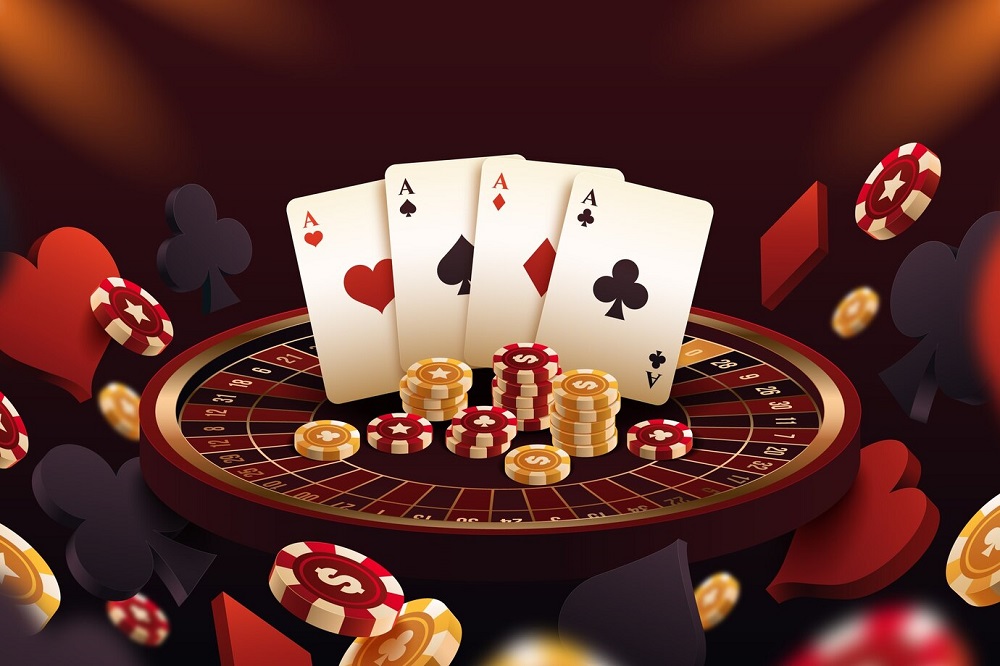When entering a casino, it’s worth noting how game design can significantly impact your overall experience. Game designers meticulously craft every aspect of a game, including visual elements and interactive features, to engage players in a world of excitement and anticipation. Understanding the psychology behind these designs is crucial to appreciating how game design influences the casino experience.
By delving into the intricacies of game design, we can see how it extends beyond mere entertainment to shape and enhance the overall casino experience for players.
The Psychology of Casino Game Design
In the field of casino game design, an understanding of psychology plays a crucial role in shaping player experience. Casinos employ various psychological strategies to optimize player engagement and retention.
For instance, the use of bright colors and dynamic lights serves not only an aesthetic purpose but also aims to evoke feelings of excitement and urgency. The layout of slot machines and game tables is strategically arranged to prolong playing time. Sound effects and music are chosen to elicit specific emotions and maintain a positive player mindset.
Additionally, the casino floor layout is meticulously planned to guide players through a complex structure, encouraging exploration and game discovery. These elements work in harmony to deliver an immersive and captivating gaming environment.
Elements of Immersive Game Experiences
To enhance the immersive quality of game experiences, game designers strategically incorporate various elements to engage players effectively. Key components such as a well-crafted narrative, interactive gameplay mechanics, realistic physics, and dynamic environments play pivotal roles in immersing players in the virtual world.
A compelling storyline with developed characters establishes an emotional connection with players. Interactive mechanics that offer meaningful choices and challenges keep players actively engaged. Realistic physics contribute to authenticity, deepening the overall immersion. Dynamic environments that react to player interactions create a sense of a dynamic, living world.
Impact of Visual and Audio Design
The impact of visual and audio design plays a significant role in shaping immersive game experiences. In the context of enhancing casino gameplay, the combination of well-crafted visuals and sound design can contribute to a more engaging and enjoyable gaming environment. Here are some key considerations in this regard:
-
Aesthetically Pleasing Visuals: High-quality graphics can contribute to a visually pleasing atmosphere within the game, potentially increasing player engagement.
-
Immersive Sound Effects: Realistic and well-designed sound effects can immerse players in the gaming experience, creating a more authentic and immersive ambiance.
-
Interactive Audio Features: Audio cues serve as important feedback mechanisms during gameplay, aiding players in understanding game events and enhancing their overall experience.
-
Consistent Design Elements: Maintaining consistency in visual and audio design elements helps in creating a cohesive and seamless gaming experience for players.
-
Emotional Impact: Thoughtfully designed visuals and sound can evoke different emotions in players, potentially enhancing their overall gaming experience and making it more memorable.
Gamification Techniques in Casinos
Gamification techniques have been increasingly adopted by casinos to enhance player engagement and create more interactive gaming experiences. Elements such as levels, progress bars, achievements, and rewards are integrated to make the gaming environment more immersive. These techniques appeal to players’ natural inclinations for competition, achievement, and recognition, adding dynamism to the gaming process.
Designing for Player Engagement
Crafting compelling and engaging experiences for casino players requires a strategic approach to game design. To enhance player engagement effectively, the following factors should be considered:
-
Personalization: Tailoring experiences to individual preferences has been shown to increase player investment by creating a sense of uniqueness and relevance.
-
Interactive Elements: Incorporating interactive features such as mini-games, bonus rounds, or decision-making opportunities keeps players actively engaged and immersed in the gameplay.
-
Reward Systems: Implementing diverse reward structures, including bonuses, jackpots, and achievements, can motivate players to continue playing and striving for these rewards.
-
Social Integration: Adding social components like chat features, leaderboards, or multiplayer modes can foster a sense of community among players, enhancing their overall gaming experience.
-
Progression Paths: Offering clear goals and milestones, such as leveling up, unlocking new content, or advancing through a storyline, keeps players challenged and motivated to progress within the game.
Conclusion
In summary, game design significantly influences casino experiences by creating engaging environments that capture players’ attention. Through the strategic utilization of visual and audio components, gamification strategies, and interactive gameplay features, casinos can effectively maintain player interest and enjoyment. Developing games that resonate with players’ emotions, motivations, and preferences for challenge and reward contributes to memorable and satisfying gaming experiences. When visiting a casino, it is important to acknowledge the impact of game design on the overall gaming atmosphere.
